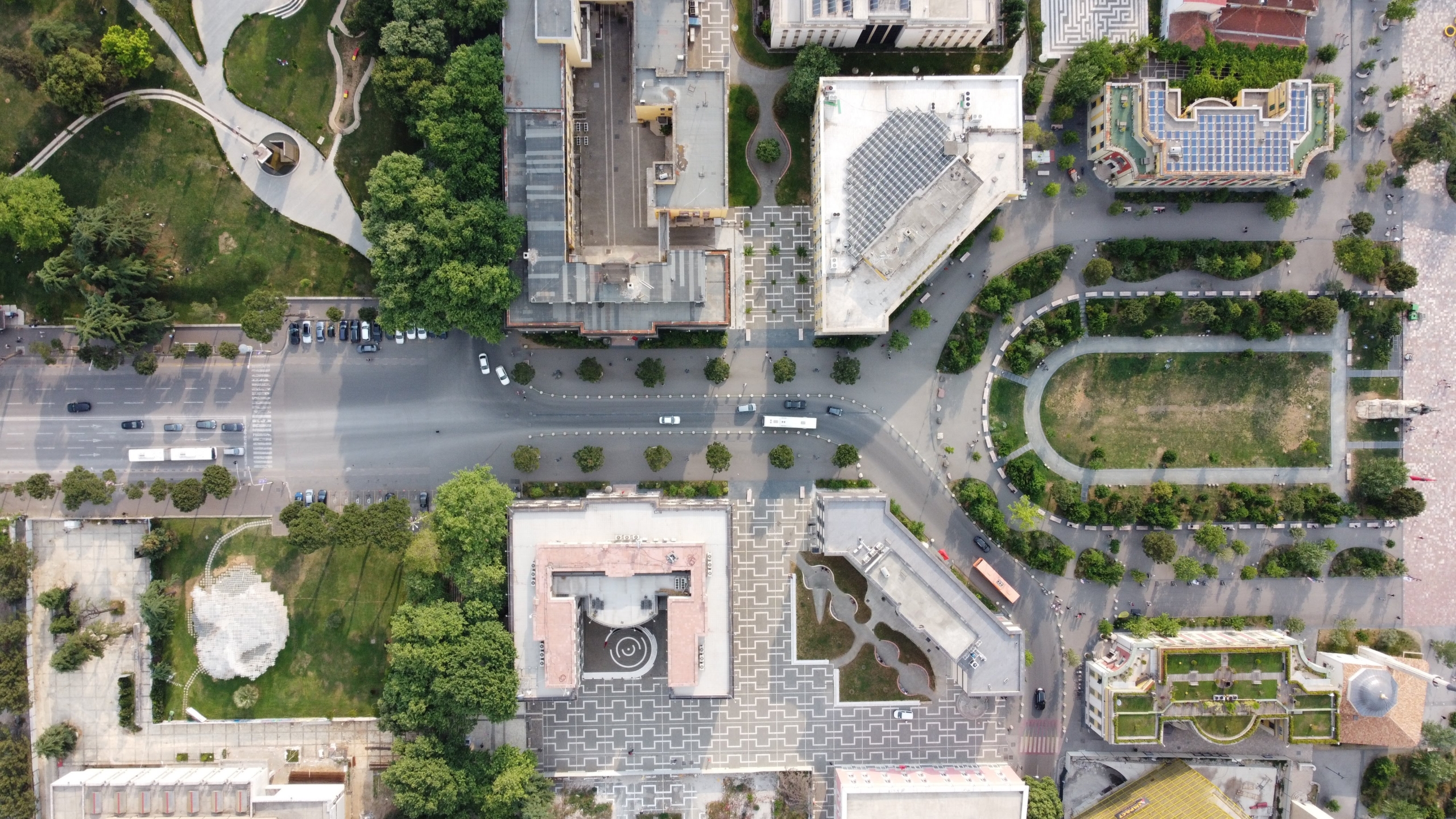Assembly of Ministers
Details
Updated on December 30, 2024 at 2:00 pmInformation
- Author: Florestano de Fausto (overall design)
- Year Built: 1930s (partial completion of the original plan)
Description
During the third decade of the 20th century, Tirana underwent significant urban transformation to establish its identity as a contemporary capital. Central to this effort was the creation of government buildings and the redesign of Skanderbeg Square, led by renowned Italian architects Armando Brasini and Florestano de Fausto. Among these developments was the Complex of Ministries, designed by de Fausto, which continues to serve as an iconic symbol of Tirana’s governmental and architectural heritage.
Urban Vision and Planning
Florestano de Fausto’s master plan for the Complex of Ministries was part of a broader effort to modernize Tirana:
- Eclectic Style:
The buildings incorporate a blend of international architectural experiences and Albanian cultural symbols, reflecting the country’s aspirations for modernization while honoring its heritage.
- Original Plan:
De Fausto envisioned 10 buildings; however, only 7 were completed, creating a partial but cohesive ensemble.
Architectural Features
- Monumentality and Scale:
The ministry buildings were designed on a 2-3 story scale, balancing grandeur with human proportions. Their arrangement and scale emphasize their official character while integrating harmoniously into the urban fabric.
- Garden Design:
A tiered garden was constructed as an extension of Skanderbeg Square, offering both visual and spatial contrast to the surrounding structures. This landscaped area provided tranquility and enhanced the perception of the ministry buildings, adding depth and refinement to the complex.
Cultural and Symbolic Significance
The Complex of Ministries symbolizes Albania’s early efforts to project itself as a modern European state. By blending eclectic architectural styles with national motifs, the buildings represent the synthesis of global influences and local identity.
Continuity of Use
Over the decades, the ministry buildings have retained their original functions, demonstrating their durability and adaptability. Their continued use underscores their importance as both administrative and cultural landmarks.
Legacy
The Assembly of Ministers and its associated buildings remain pivotal in Tirana’s urban landscape. They stand as a testament to the city’s historical development and its ambitions during the interwar period. The complex’s timeless design and strategic location ensure its enduring significance as a centerpiece of Albania’s governmental and architectural identity.
Address
Open on Google Maps- City Tirana







